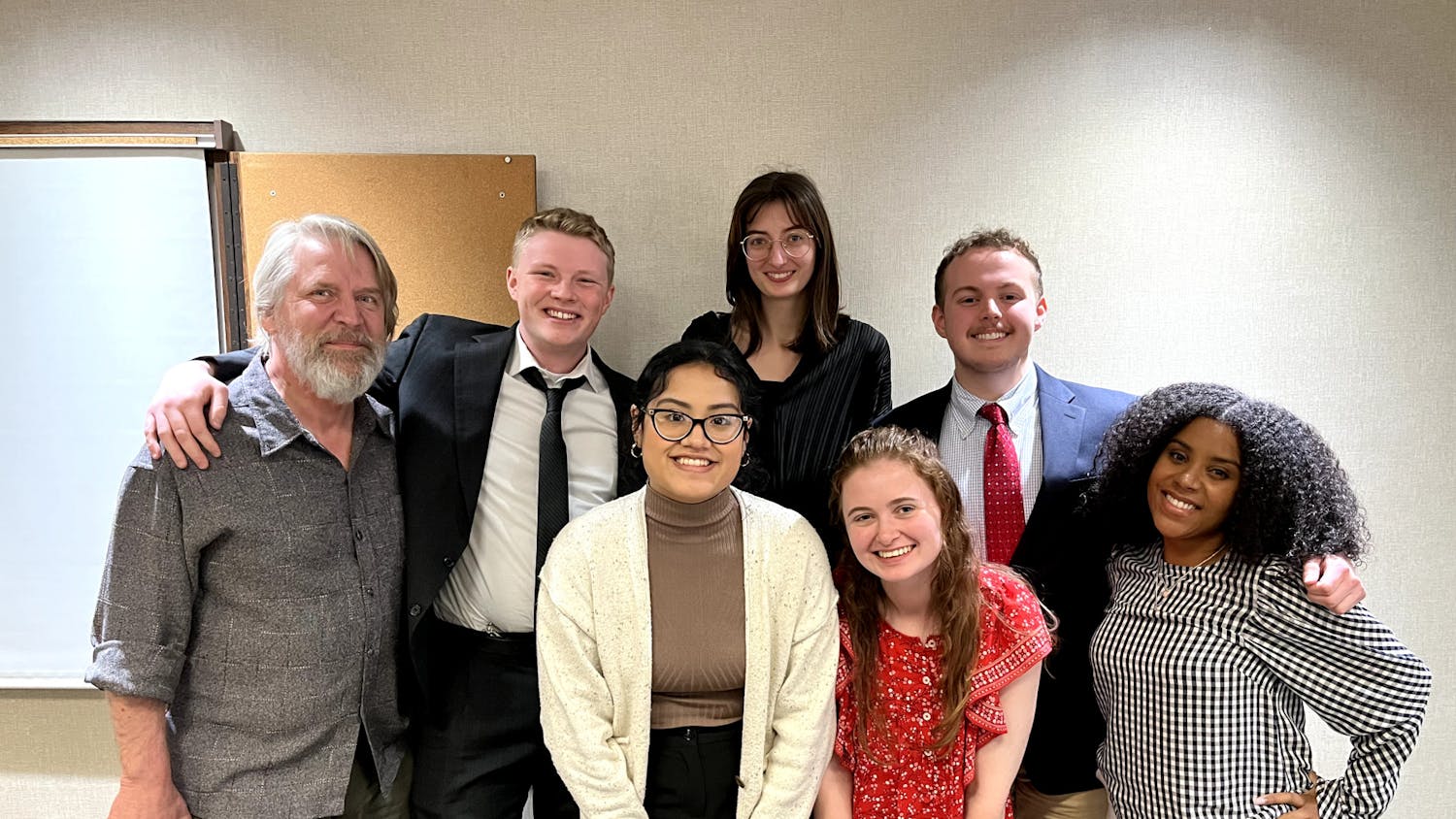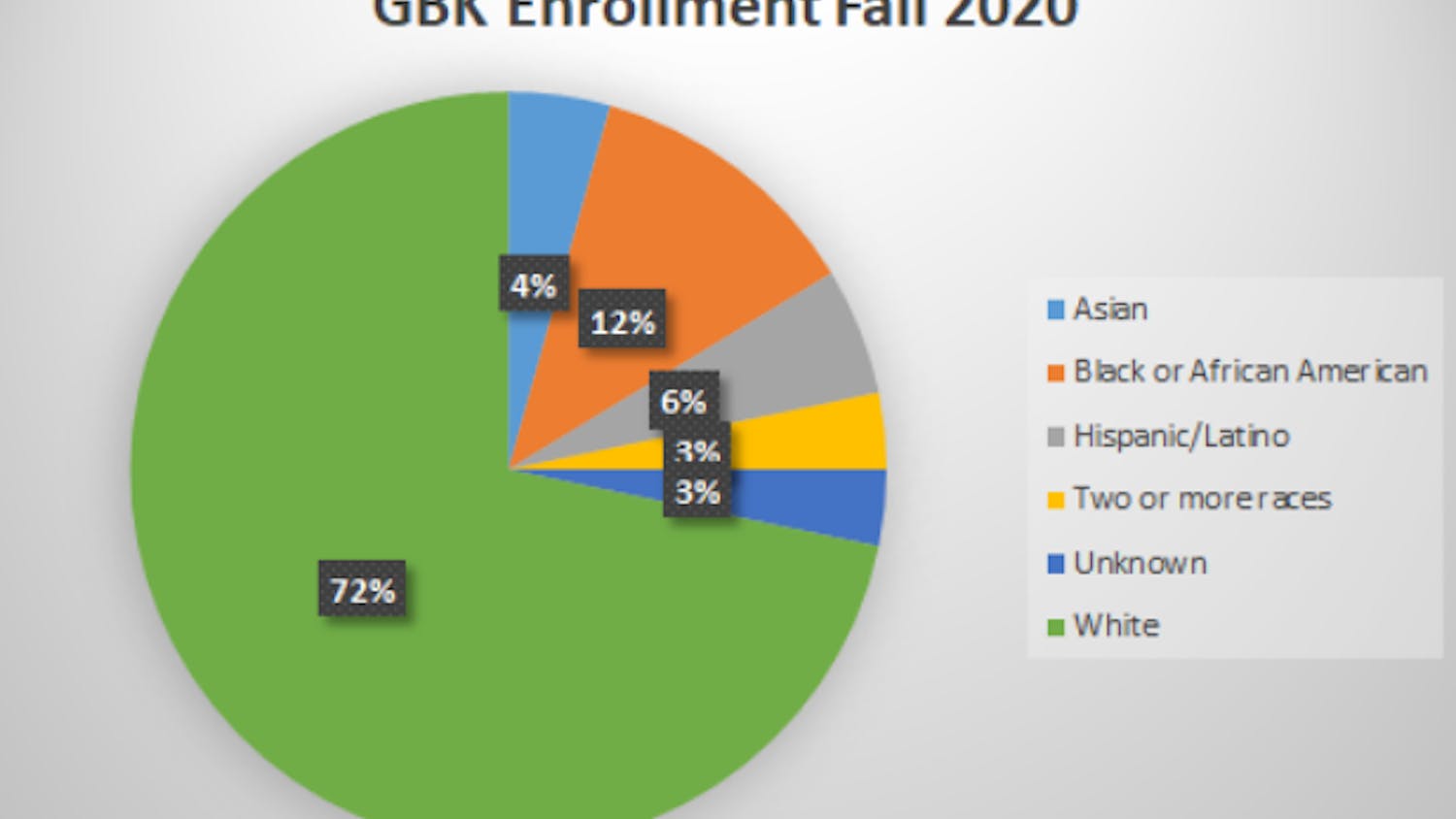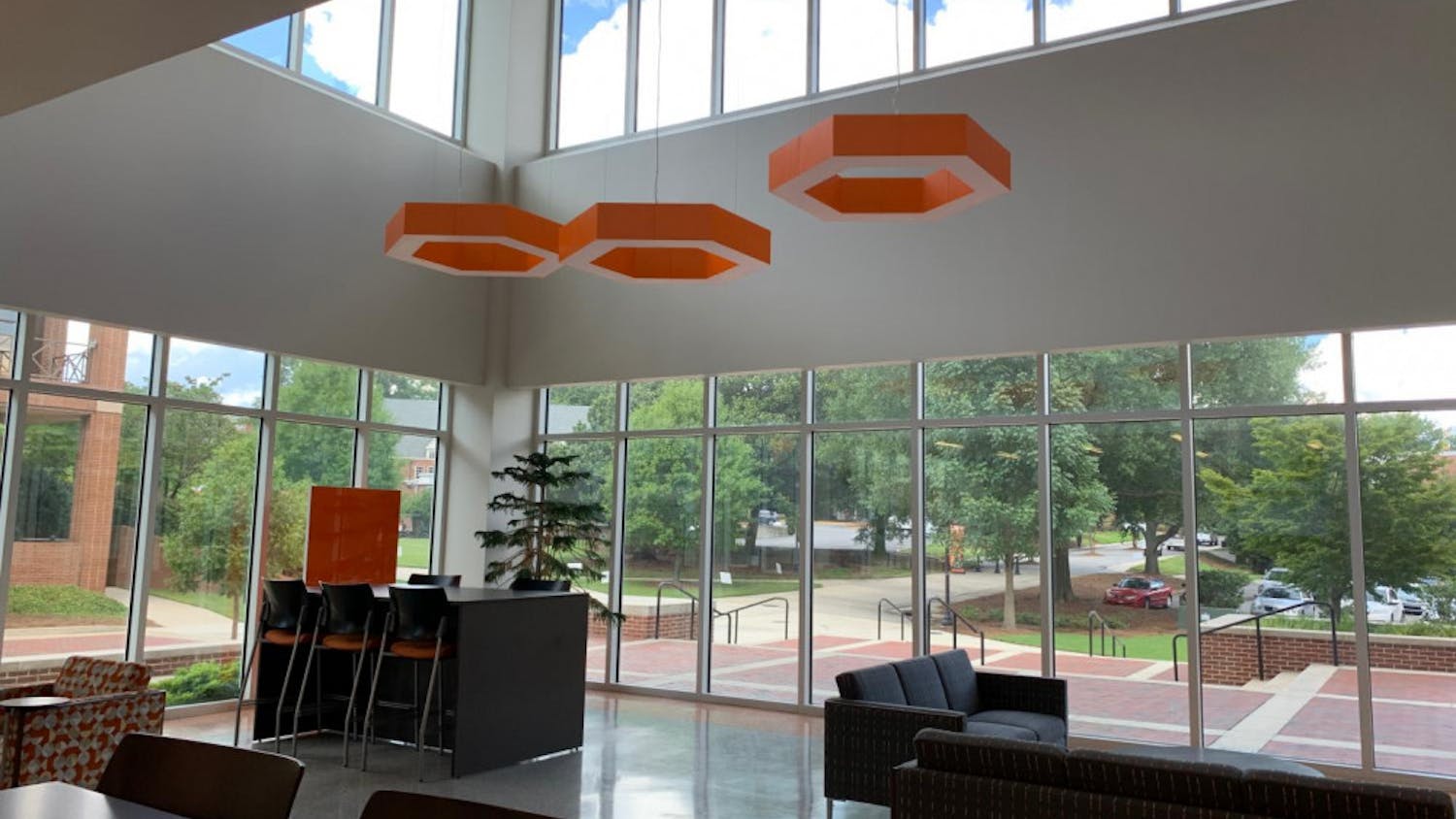This Christmas, I traveled to a place far from America in distance and culture—a place where the streets come alive with people visiting their friends and neighbors in open shops and restaurants, where the karaoke and San Miguel beer run long into the night, and where the most “masarap” (delicious) seafood can be found at the “palengkes” (wet markets) lining the crowded roadways. For my first trip outside of the U.S., I visited one of my closest high school friends, Vian, in her home country of the Philippines, where her “tatang” (father) is a prominent Regional Trial Court Judge.
While there, I ate various fried pork and beef dishes with rice. My favorite dish, beef kaldereta, was a tomato-based stew with beef, carrots, potatoes, green peas, garlic, bay leaves and other spices. I also had the pleasure of eating freshly caught prawns from a palengke at a nearby seafood restaurant. The waitress brought us soy sauce and vinegar in small red bowls. Next to this, she placed two miniature green lemons and a small plate of finely diced red peppers—all typical Filipino condiments. Along with these, she served a sharp-tasting soup consisting of vinegar broth with greens and onions and a piece of fish. Soon, the prawns arrived—heads and shells still attached. Breaking apart the shells proved fairly easy, but in my ignorance I asked if the heads were edible.
On my second day there, Até Paté drove me and Vian to the Mall of Asia. Complete with an Olympic-sized ice skating rink, an IMAX theatre and a convention center, as well as European, Asian and Australian stores, the mall resembled a self-contained globe. On the way home that night, we stopped at a rare traffic light. As we waited for the light to turn green, a little girl carrying a baby came up to our car and knocked on my window. I immediately turned away from her because I couldn’t look at her and shake my head “no.” When I didn’t respond, she walked around and knocked on Vian and Até Paté’s windows. When none of us responded, she sat back down on the curb—two feet from where the cars were swerving around each other.
In Georgia, strict divisions exist between the poor side of town and the rich side of town. Coming to the Philippines, I assumed I would find these same divisions. One day there shattered that assumption as I noticed the slums everywhere. Two barbed wire fences and a road separates the airport in Manila from one inner city squatter community. From the road, I could glimpse the roofs made out of metal from shipping containers and the tangled electrical wires used to tap into the electricity of nearby buildings. As with a lot of Filipino housing, a huge wall surrounded this community. I thought that the more ornate walls were left over from long abandoned buildings. However, Vian told me that the walls simply act as barriers: “Just walls. It’s part of the culture.” In the slums, one wall is often made out of concrete while the other walls consist of metal; sheets separate rooms, and most houses do not have doors or a front wall. Unlike government housing in America, the Filipino people build these themselves, just as they build jeepneys (extra-long jeeps with a row of seats spanning long-ways on either side) out of the spare parts of old cars.
Although I felt sad seeing people living in such poverty, the Filipinos seemed to have something much more important than material wealth that I think Americans often lose sight of in our pursuit of “happiness”—community. Open shops selling everything from food to auto parts to pet supplies lined every narrow, curving inner-city road. Brightly colored ads and banners hung from every available used and abandoned building. No divisions existed between businesses, small sections of the slums, middle-class housing, schools, police stations and churches. Often, the bottom floor of a building served as an open store while the top half provided housing. Watching the entire scene unfold, images of the Virgin Mary and the Christ Child gazed at me from the inner walls of every house, restaurant, school, subdivision entrance and vehicle window. Brightly colored lights, Chinese lanterns and cut-paper decorations added extra festivity to the lively backdrop. Adding to the visual excitement, a steady stream of cars, bicycles and motorcycles converged onto the main road from all directions; pedestrians walked along non-existent sidewalks on their way to open stores, crossing the street between the tiniest gaps in the steadily moving traffic. Public transportation in the form of jeepneys, taxis, buses and tricycles (motorcycles with passenger sidecars attached to them) swerved around each other in the mad, lawless rush to get to their final destinations. Vian, her older sister Até Paté, and I laughed at a sign on the side of a busy thoroughfare which read, “Safety First! Report Any Un- safe Conditions Immediately.” Ironically, I had so much confidence in Filipino driving skills that I rarely wore my seat belt.
Recklessness aside, the life and laughter to be found in the Philippines is more than enough to make a visit worthwhile. Upon leaving the U.S., one of my friends advised me to “have an adventure.” I certainly did.




